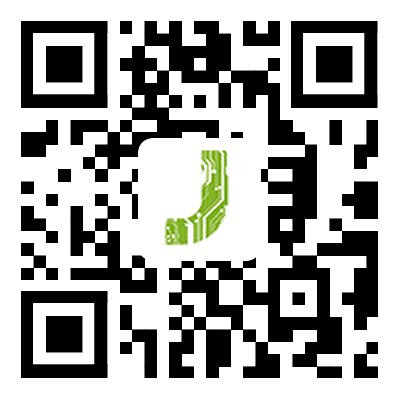 English
English-
 English
English -
 Español
Español -
 Português
Português -
 русский
русский -
 Français
Français -
 日本語
日本語 -
 Deutsch
Deutsch -
 tiếng Việt
tiếng Việt -
 Italiano
Italiano -
 Nederlands
Nederlands -
 ภาษาไทย
ภาษาไทย -
 Polski
Polski -
 한국어
한국어 -
 Svenska
Svenska -
 magyar
magyar -
 Malay
Malay -
 বাংলা ভাষার
বাংলা ভাষার -
 Dansk
Dansk -
 Suomi
Suomi -
 हिन्दी
हिन्दी -
 Pilipino
Pilipino -
 Türkçe
Türkçe -
 Gaeilge
Gaeilge -
 العربية
العربية -
 Indonesia
Indonesia -
 Norsk
Norsk -
 تمل
تمل -
 český
český -
 ελληνικά
ελληνικά -
 український
український -
 Javanese
Javanese -
 فارسی
فارسی -
 தமிழ்
தமிழ் -
 తెలుగు
తెలుగు -
 नेपाली
नेपाली -
 Burmese
Burmese -
 български
български -
 ລາວ
ລາວ -
 Latine
Latine -
 Қазақша
Қазақша -
 Euskal
Euskal -
 Azərbaycan
Azərbaycan -
 Slovenský jazyk
Slovenský jazyk -
 Македонски
Македонски -
 Lietuvos
Lietuvos -
 Eesti Keel
Eesti Keel -
 Română
Română -
 Slovenski
Slovenski
What function does the PCB perform?
2023-05-11
What kind of function does the PCB perform? The main function of the PCB is to accommodate and facilitate the smooth flow of current between the required connection components, which are built into the PCB. However, for better understanding, here are a few other different operations of the PCB.
Resist - Controlling the current flow is important to most appliances so they don't burn out. For this purpose, the resistance of the PCB acts against the flow of current according to its value.
Assignment - As mentioned above, the PCB can be easily assembled. For this, the pads of the PCB are left empty. These pads allocate space for easy soldering of any other electronic components when required
Assembly - For ease of assembly, the PCB also has something called "silkscreen". These help to identify the exact location of the part and its position through letters.
Storage - For storage the power supply PCB can hold capacitors. These help keep the charge charged and release them when power is needed.
Signal Passing Lights - The PCB has little bulbs like diodes, they light up to show the current going through
Switches are used for control - The house switches of the PCB are used to control excessive current flow between different components. These also help regulate how heat affects the board layers.
In addition to these carefully designed operations, the PCB can be better adapted and adapted to any device. Let's see how!

Resist - Controlling the current flow is important to most appliances so they don't burn out. For this purpose, the resistance of the PCB acts against the flow of current according to its value.
Assignment - As mentioned above, the PCB can be easily assembled. For this, the pads of the PCB are left empty. These pads allocate space for easy soldering of any other electronic components when required
Assembly - For ease of assembly, the PCB also has something called "silkscreen". These help to identify the exact location of the part and its position through letters.
Storage - For storage the power supply PCB can hold capacitors. These help keep the charge charged and release them when power is needed.
Signal Passing Lights - The PCB has little bulbs like diodes, they light up to show the current going through
Switches are used for control - The house switches of the PCB are used to control excessive current flow between different components. These also help regulate how heat affects the board layers.
In addition to these carefully designed operations, the PCB can be better adapted and adapted to any device. Let's see how!

Previous:What fields are PCBs used in?
X
We use cookies to offer you a better browsing experience, analyze site traffic and personalize content. By using this site, you agree to our use of cookies.
Privacy Policy



